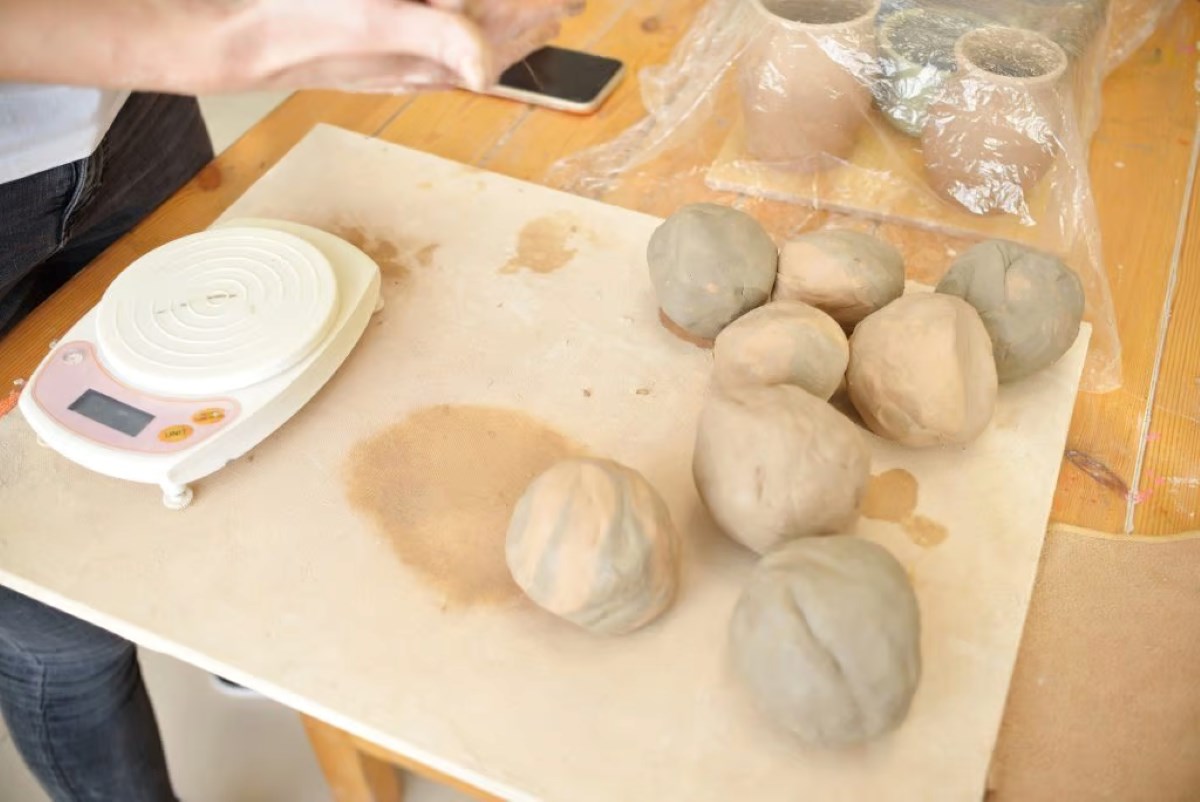

Articles
How To Store Air Dry Clay Once Opened
Modified: December 7, 2023
Learn the best ways to store air dry clay articles once opened. Follow these simple tips for preserving the quality and usability of your clay.
(Many of the links in this article redirect to a specific reviewed product. Your purchase of these products through affiliate links helps to generate commission for Storables.com, at no extra cost. Learn more)
Introduction
Welcome to the world of air dry clay! Whether you are a professional artist or a hobbyist, air dry clay is a versatile and convenient medium to unleash your creativity. However, once you open a package of air dry clay, it is crucial to find the proper way to store it to ensure its longevity and prevent it from drying out.
Proper storage of air dry clay is essential to maintain its workability and prevent it from becoming brittle and unusable. By following some simple guidelines and understanding the needs of this unique material, you can prolong the life of your air dry clay and keep it in optimal condition for your projects.
In this article, we will explore the importance of proper storage for air dry clay, discuss different container options, share tips for preparing air dry clay for storage, offer suggestions for storing it in different climates, and even provide guidance on reviving dried-out clay. So let’s dive in and learn how to store air dry clay effectively!
Key Takeaways:
- Proper storage is essential for maintaining the pliability and longevity of air dry clay, ensuring it remains workable for artistic projects and preventing unnecessary waste and expense.
- Reviving dried-out air dry clay is possible through gradual moisture addition, soaking, misting, using a wet cloth, or employing a baking method, allowing for salvaging and reusing the clay effectively.
Read more: How To Store Air Dry Clay
The Importance of Proper Storage for Air Dry Clay
Proper storage of air dry clay is crucial to ensure it remains pliable and usable for your artistic endeavors. Unlike other types of clay that require kiln firing, air dry clay simply needs exposure to air to harden and set. This makes it a convenient choice for sculpting and crafting projects. However, air dry clay is also more susceptible to drying out and becoming brittle compared to kiln-fired clay.
When air dry clay is exposed to air for prolonged periods, it slowly starts to lose moisture content. This leads to the clay becoming dry and stiff, making it difficult to shape and mold. If not stored correctly, your air dry clay can become unworkable and eventually unusable.
By following proper storage techniques, you can greatly extend the shelf life of your air dry clay and maintain its pliability. This will allow you to work with the clay for an extended period, giving you more time to hone your craft and create amazing sculptures or crafts.
In addition to maintaining the workability of the clay, proper storage also helps to prevent contamination and damage. Air dry clay is vulnerable to moisture, dust, and other environmental factors, which can affect its quality and appearance. Storing your air dry clay correctly can protect it from external elements and keep it in pristine condition, ready for your next project.
Furthermore, by storing your air dry clay properly, you can save money in the long run. If the clay dries out and becomes unusable, you will have to dispose of it and purchase a new batch. By taking the time to store it correctly, you can avoid unnecessary waste and expense.
Now that we understand the importance of proper storage for air dry clay, let’s explore the different container options you can use to store your clay effectively.
Choosing the Right Container for Storing Air Dry Clay
When it comes to storing air dry clay, selecting the right container is essential to maintain its moisture content and prevent it from drying out. Here are a few container options to consider:
- An airtight container: Airtight containers, such as plastic or glass jars with tight-fitting lids, are ideal for storing air dry clay. These containers create a seal that prevents air from entering and drying out the clay. Make sure the container is large enough to accommodate your clay and has enough headspace to allow for expansion.
- Ziplock bags: Ziplock bags are a convenient and cost-effective option for storing smaller quantities of air dry clay. They provide a barrier against air and help maintain the clay’s moisture. Place the clay inside the bag, removing any excess air before sealing it tightly.
- Plastic wrap: If you are working with a larger piece of air dry clay, you can wrap it tightly with plastic wrap to keep it moist. Ensure that the clay is completely covered and that no air can penetrate through the wrap. You can also use multiple layers of plastic wrap for added protection.
- Sealable plastic containers: Sturdy plastic containers with secure lids are another option for storing air dry clay. Look for containers that provide a tight seal and are large enough to accommodate your clay. These containers are reusable and offer better protection against moisture and air exposure compared to open containers.
When selecting a container, it’s important to choose one that is clean and free from any contaminants. Any residues or previous substances in the container can affect the quality of your air dry clay. Additionally, avoid using metal containers as they can react with the clay and cause discoloration or other issues.
Remember, the goal is to create a controlled environment for your air dry clay to prevent it from drying out. By choosing the right container, you can ensure that your clay remains pliable and ready for your next artistic project.
Now that we’ve covered container options, let’s move on to the preparation steps you should take before storing your air dry clay.
Preparing Air Dry Clay for Storage
Before storing your air dry clay, it is important to take a few preparation steps to ensure its longevity and quality. Here are some guidelines to follow:
- Knead the clay: Start by kneading the air dry clay thoroughly to distribute the moisture evenly. This helps to make the clay more pliable and prevents dry spots. Work the clay with your hands, squeezing and folding it until it feels soft and supple.
- Remove any air bubbles: Air bubbles can cause uneven drying and lead to cracking. Gently press and squeeze the clay in your hands to remove any trapped air. If you spot any large air bubbles, gently puncture them with a pin or needle and smooth out the clay.
- Shape the clay: If you have specific shapes or designs in mind, you can mold the clay into the desired shapes before storing it. This will make it easier to use later and help prevent distortion or damage when you retrieve it from storage.
- Wrap the clay: Once the clay is kneaded and shaped, wrap it in a layer of plastic wrap or place it in a sealable plastic bag. This extra layer of protection helps to keep the moisture intact and prevents the clay from drying out.
- Label and date: To keep track of the clay’s freshness, label the container or plastic wrap with the date it was prepared. This allows you to monitor the storage time and prioritize using the older clay first.
By following these preparation steps, you ensure that your air dry clay is in the best condition for storage. The proper preparation of the clay helps maintain its moisture content and makes it easier to work with when you’re ready to use it again.
Now that we have prepared the clay for storage, let’s move on to some essential tips for storing air dry clay effectively.
Store air dry clay in an airtight container or resealable plastic bag to prevent it from drying out. Keep it in a cool, dry place away from direct sunlight. If the clay starts to dry out, you can add a few drops of water and knead it to restore its moisture.
Tips for Storing Air Dry Clay
To ensure your air dry clay remains fresh and workable, here are some tips for effective storage:
- Keep it away from direct sunlight: Sunlight can cause the clay to dry out quickly and become brittle. Store your clay in a cool, dry place away from direct sunlight to prevent unnecessary moisture loss.
- Avoid extreme temperatures: Extreme heat or cold can affect the consistency and workability of air dry clay. Keep it stored in an area with a stable temperature, away from radiators, air conditioning units, or windows.
- Store it on a non-porous surface: When storing air dry clay, place it on a non-porous surface such as a plastic tray or glass dish. This prevents any moisture absorption from surfaces that might cause the clay to become damp or stick.
- Separate different colors: If you have different colors of air dry clay, it is best to store them separately. This prevents any color bleeding or contamination between the clay colors.
- Check for moisture regularly: Periodically check the stored clay for any signs of drying out. If you notice any dry patches or stiffness, spritz some water on the clay and knead it to replenish the moisture. Alternatively, you can lightly mist the inside of the storage container with water to create a humid environment.
- Avoid storing near water sources: Keep your air dry clay away from areas with high humidity, such as bathrooms or kitchens. Moisture in the air can seep into the clay and compromise its quality.
- Use silica gel packets: Placing a few silica gel packets in the storage container can absorb excess moisture and help keep the clay in good condition. Make sure the packets are sealed and do not come into direct contact with the clay.
- Seal the container properly: Ensure that the container or bag is tightly sealed after each use to maintain a controlled environment and prevent air from entering.
By following these tips, you can prolong the life of your air dry clay and keep it in excellent condition for your creative projects. Now, let’s explore how to store air dry clay in different climates.
Read more: How To Store Open Polymer Clay
Storing Air Dry Clay in Different Climates
The climate in which you live can have a significant impact on the storage and longevity of air dry clay. Here are some considerations for storing clay in different climates:
- High humidity areas: If you live in a humid climate, the air may contain excess moisture that can affect the quality of your air dry clay. To combat this, it is essential to store your clay in airtight containers with silica gel packets to absorb moisture. Additionally, consider using a dehumidifier in the storage area to maintain a drier environment.
- Dry climates: In dry climates, such as desert regions, the lack of humidity can cause the clay to dry out more quickly. To prevent this, store your air dry clay in sealable plastic bags or airtight containers. You can also place a damp cloth or sponge inside the container to provide a bit of moisture and create a humid microclimate for the clay.
- Temperature fluctuations: If your climate experiences significant temperature fluctuations, it is crucial to store the clay in a stable environment. Avoid areas that are exposed to extreme heat or cold, as these fluctuations can affect the workability and drying process of the clay. Find a cool, dry place with consistent temperatures for optimal storage conditions.
- Wet or rainy climates: If you live in a region with a lot of rainfall or high humidity, it is important to take extra precautions to protect your air dry clay. Store the clay in airtight containers or sealable bags with silica gel packets to prevent moisture absorption. Consider using a dehumidifier in the storage area to control humidity levels and keep the clay in optimal condition.
Remember to check your air dry clay regularly, regardless of the climate. If you notice any signs of drying or stiffness, take the necessary steps to add moisture back to the clay to maintain its workability.
Now that we’ve explored storing air dry clay in different climates, let’s discuss how to revive dried-out clay that may have been improperly stored.
Reviving Dried Out Air Dry Clay
If you find that your air dry clay has dried out and become stiff, don’t worry! There are several methods you can try to revive it and make it workable again:
- Add water gradually: Start by adding a small amount of water to the dried-out clay. Use a spray bottle or a dropper to moisten the clay evenly. Be cautious not to add too much water at once, as it can make the clay too soft and difficult to work with. Gradually knead the clay, incorporating the water, until the desired consistency is achieved.
- Soak in water: If the clay is extremely dry and the previous method doesn’t work, you can try submerging it in water for a short period. Fill a bowl or container with water and place the dried-out clay inside, allowing it to soak for a few minutes. Remove the clay from the water and knead it thoroughly to distribute the moisture throughout the clay.
- Mist with water: Another method is to mist the dried-out clay with water using a spray bottle. Lightly spray the clay, then let it sit for a few minutes to absorb the moisture. Knead the clay to distribute the water evenly and continue until it reaches the desired consistency.
- Use a wet cloth: If you have a slightly larger piece of dried-out clay, you can wrap it with a damp cloth or paper towel. Place the clay in a sealed plastic bag along with the damp cloth and leave it for a few hours. The moisture from the cloth will transfer to the clay and help to restore its pliability.
- Baking method: If the previous methods don’t succeed, you can try a baking method to revive the clay. Preheat your oven to the lowest temperature (usually around 200°F or 93°C) and place the dried-out clay on a baking sheet. Bake it for a short time, checking and rotating the clay every few minutes. Keep a close eye on the clay to prevent it from over-baking or burning. Once the clay is warm and softened, remove it from the oven and knead it thoroughly to distribute the heat and moisture.
Remember, it’s important to carefully monitor the revival process and adjust the amount of water or baking time as needed. Be patient and take your time to gradually bring the clay back to its original state.
With these methods, you can often salvage dried-out air dry clay and restore it to a workable condition. However, prevention is always better than cure, so make sure to properly store your air dry clay to avoid it drying out in the first place.
Now that you are armed with tips for storing and reviving air dry clay, you can confidently create and preserve your clay projects. Proper storage will ensure that your clay remains pliable and ready to bring your artistic visions to life.
So go ahead, unleash your creativity, and enjoy the wonderful world of air dry clay!
Conclusion
Proper storage is crucial for maintaining the quality and workability of air dry clay. By choosing the right container, preparing the clay before storage, and following essential tips, you can prolong the life of your clay and prevent it from drying out. Storing air dry clay correctly is especially important in different climates, where factors such as humidity and temperature can affect the clay’s condition.
However, if your clay does happen to dry out, don’t panic. There are various methods you can use to revive dried-out clay and make it usable again. By adding moisture gradually, soaking or misting with water, using a wet cloth, or even utilizing a baking method, you can often bring dried-out clay back to life.
Remember to check your air dry clay regularly and take proactive measures to maintain its moisture content. Keep it away from direct sunlight, extreme temperatures, and moisture sources, and store it in airtight containers with proper labeling.
By following these guidelines and taking care of your air dry clay, you can continue to express your creativity and create stunning sculptures, models, and crafts. Proper storage ensures that your clay remains in optimal condition, ready for your artistic endeavors whenever inspiration strikes.
So, unleash your imagination, explore the possibilities of air dry clay, and enjoy the journey of creating beautiful art!
Frequently Asked Questions about How To Store Air Dry Clay Once Opened
Was this page helpful?
At Storables.com, we guarantee accurate and reliable information. Our content, validated by Expert Board Contributors, is crafted following stringent Editorial Policies. We're committed to providing you with well-researched, expert-backed insights for all your informational needs.

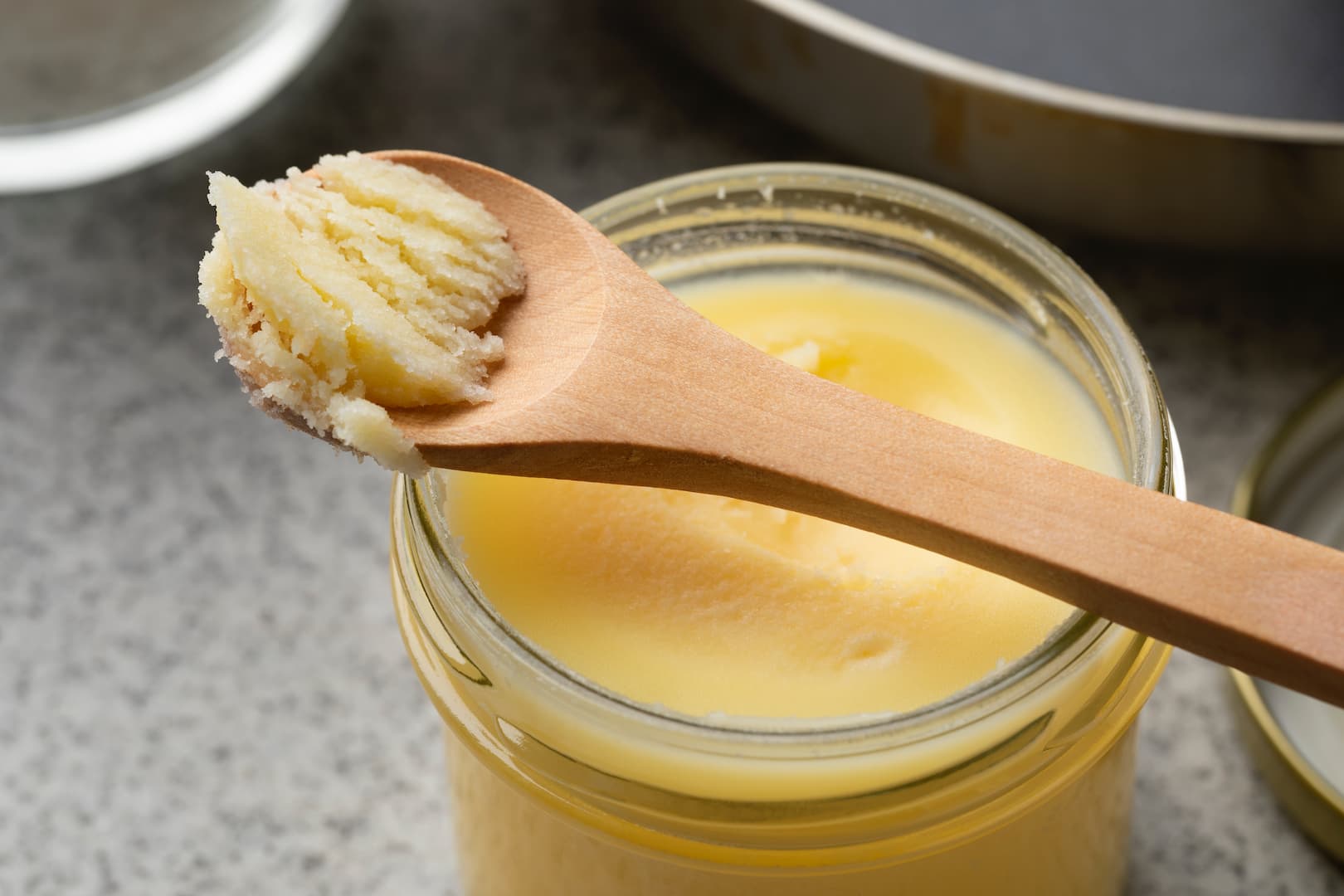







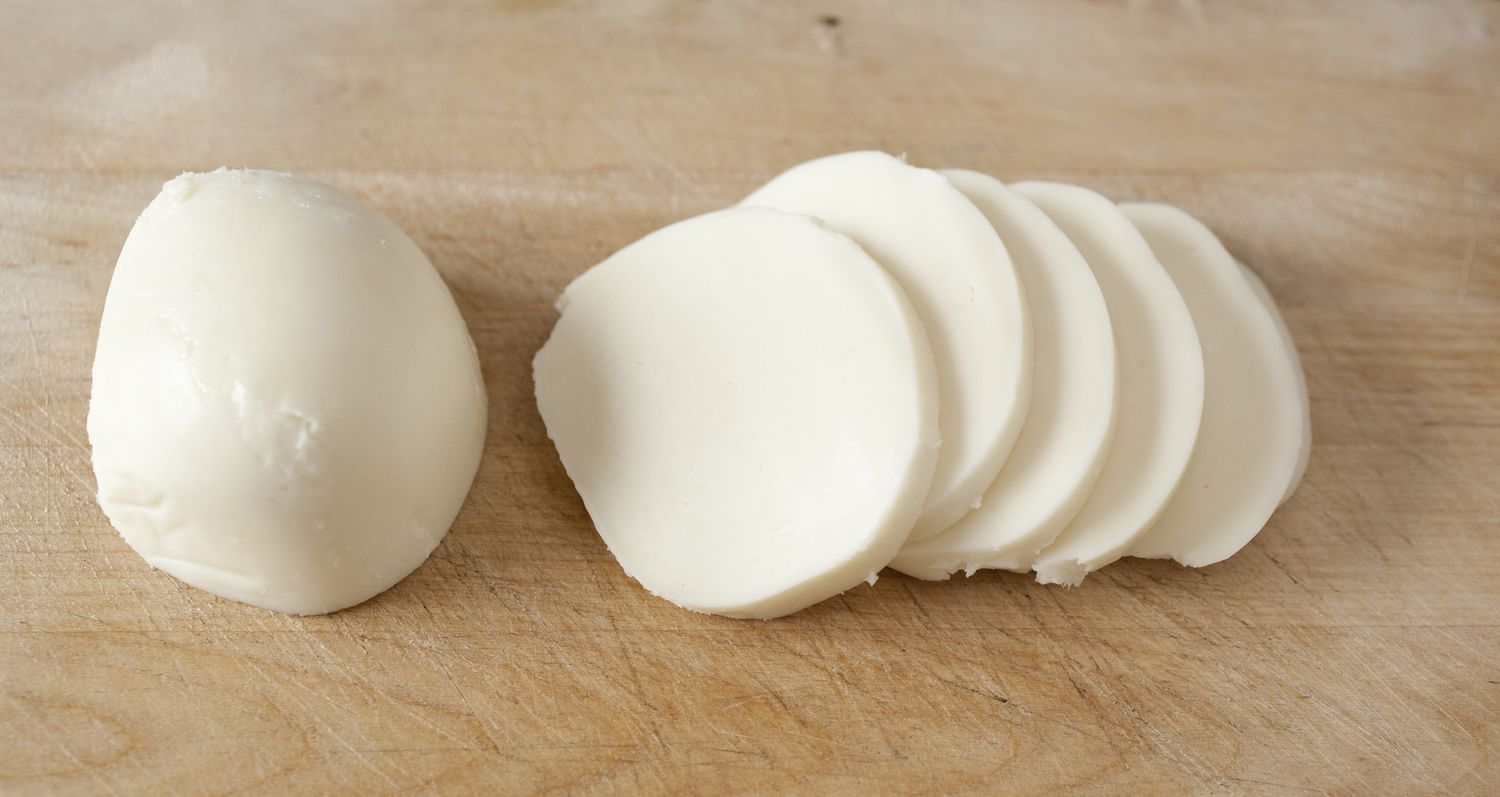
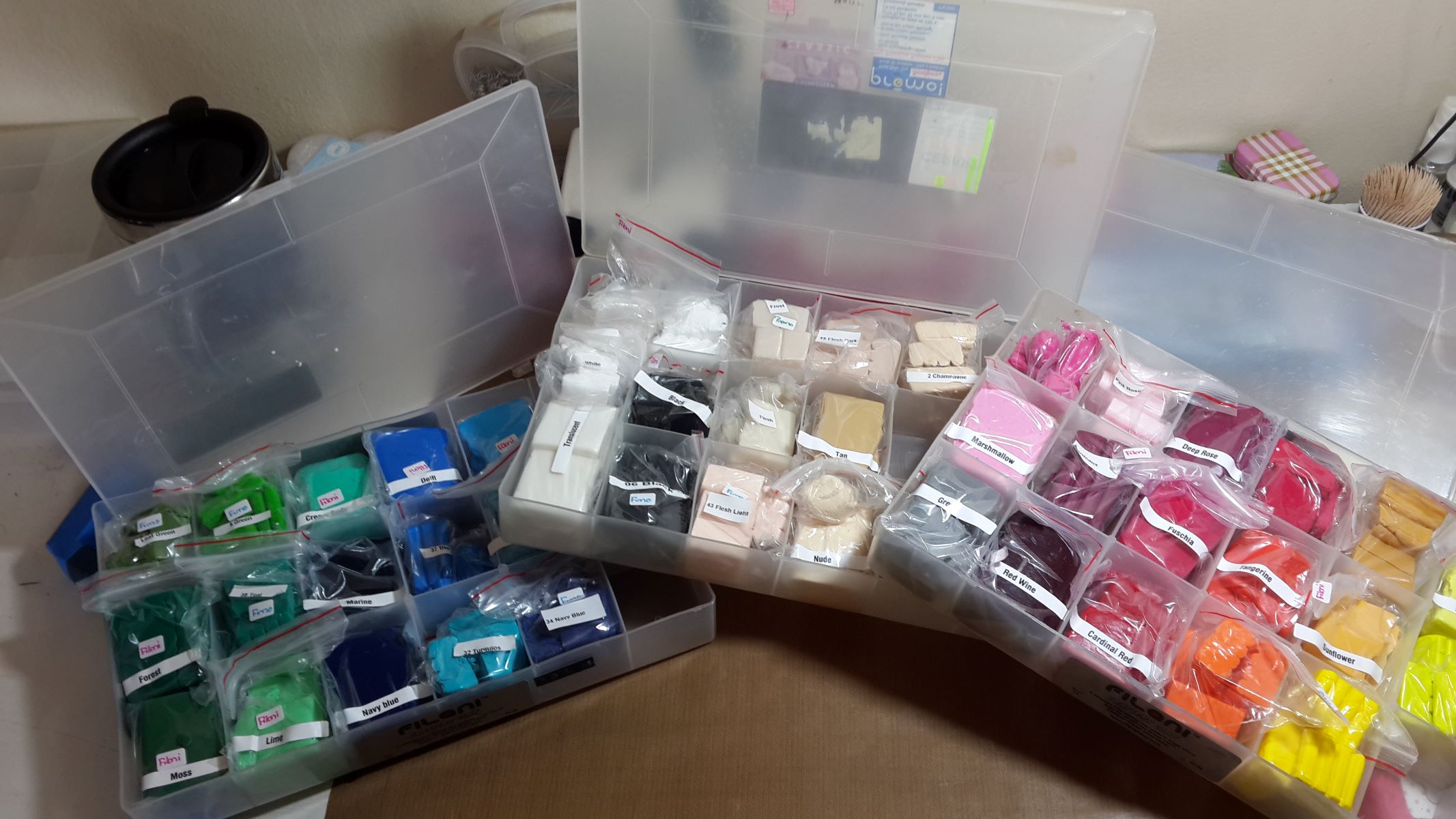


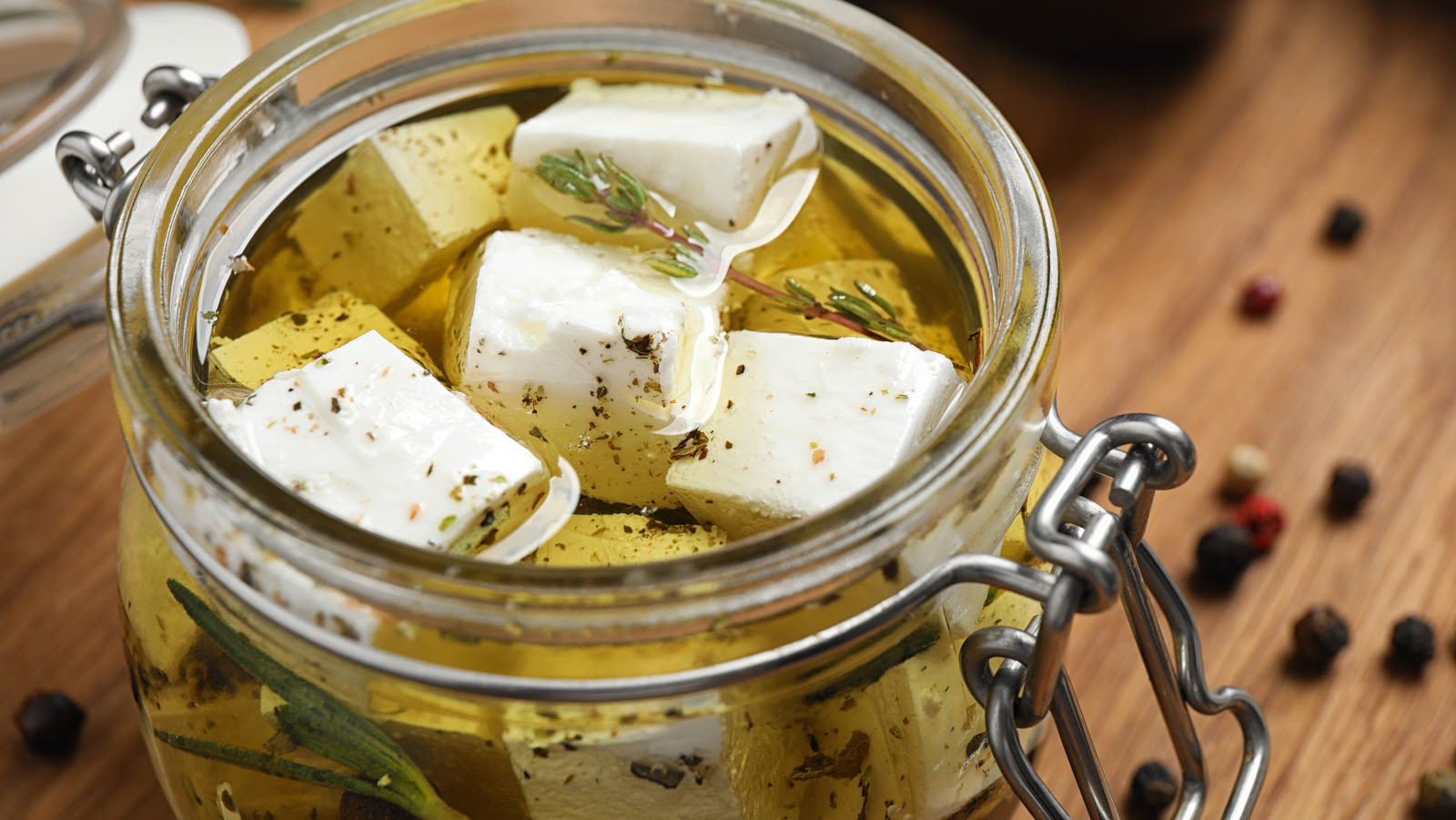

0 thoughts on “How To Store Air Dry Clay Once Opened”